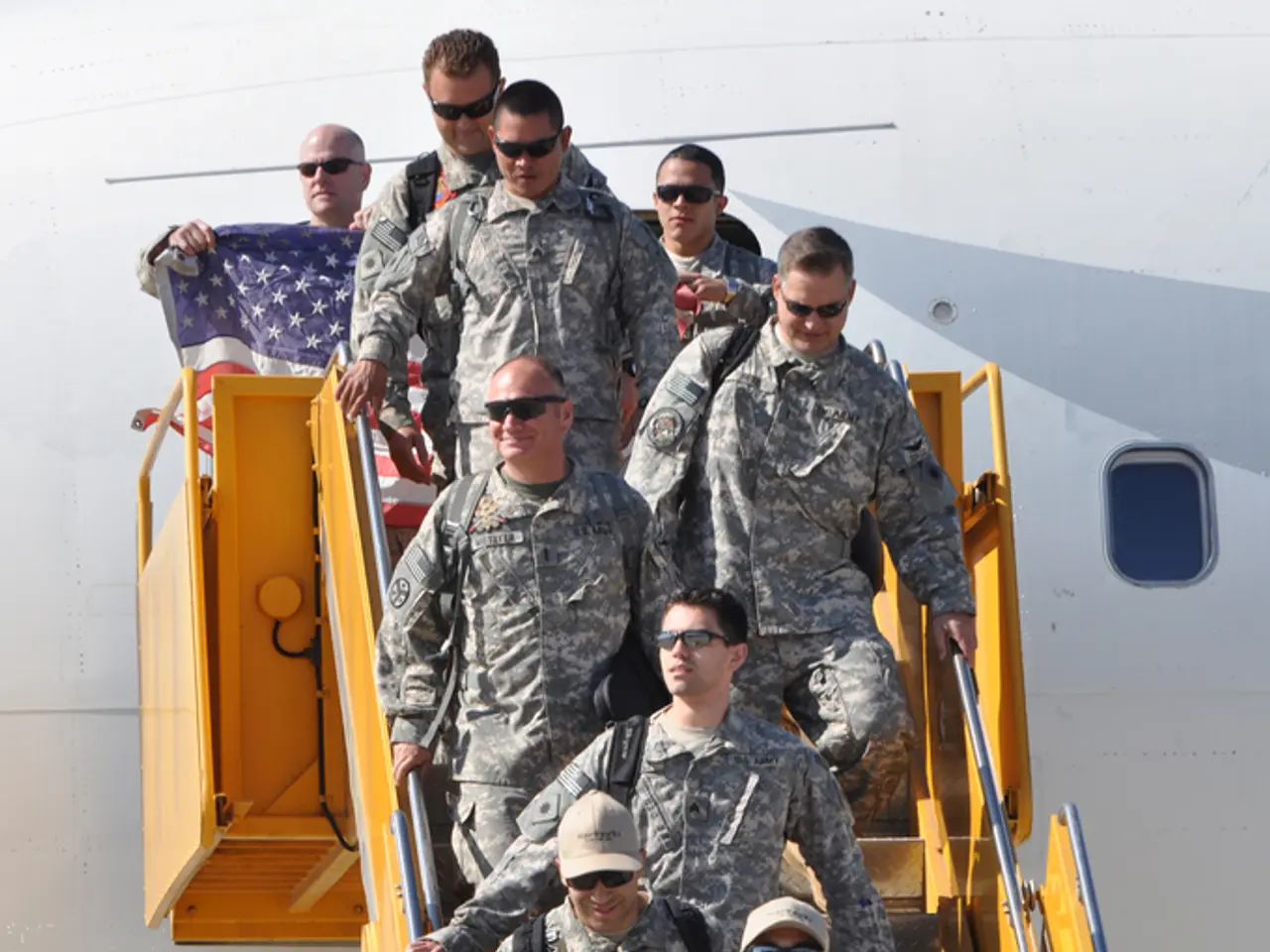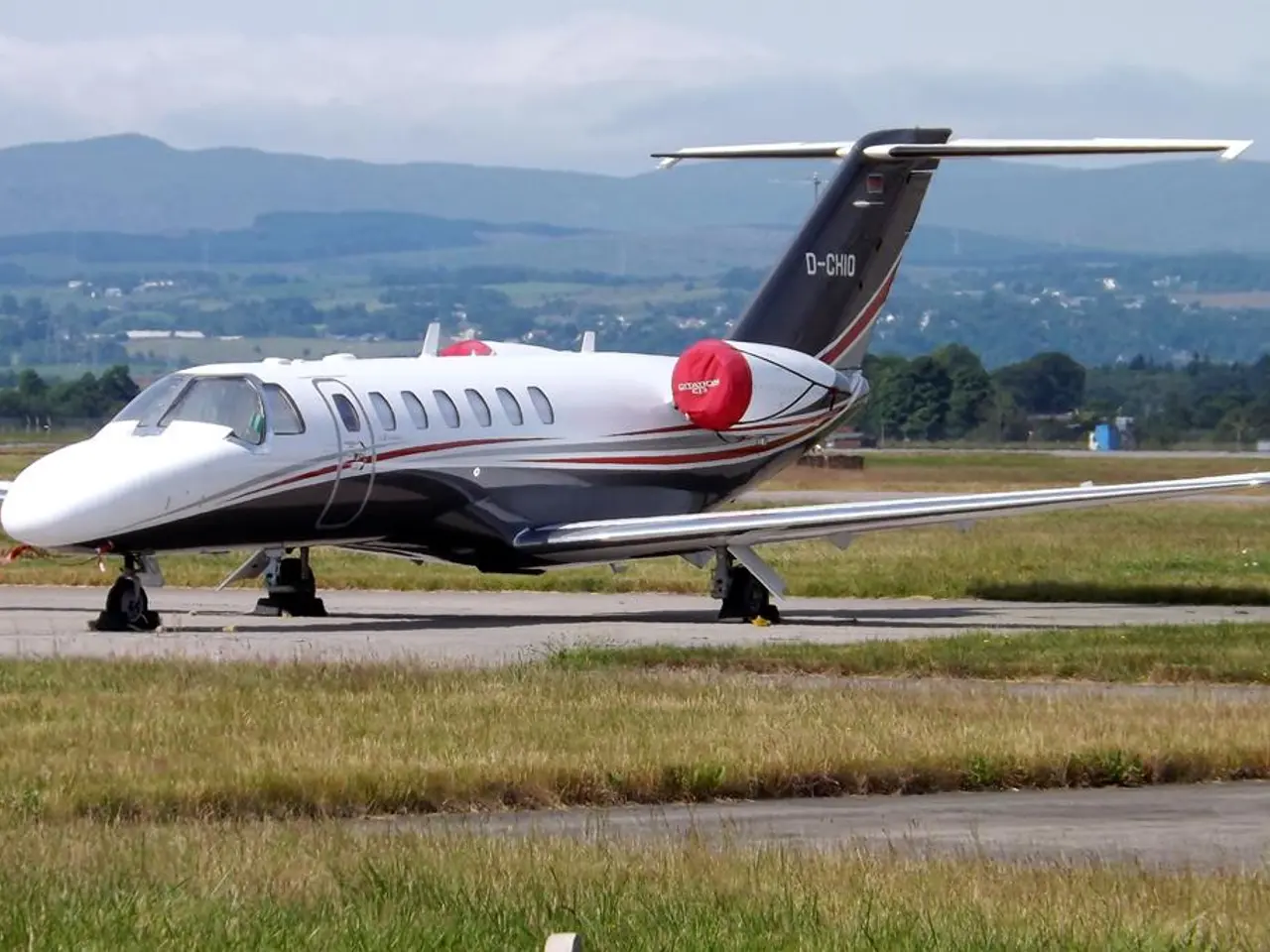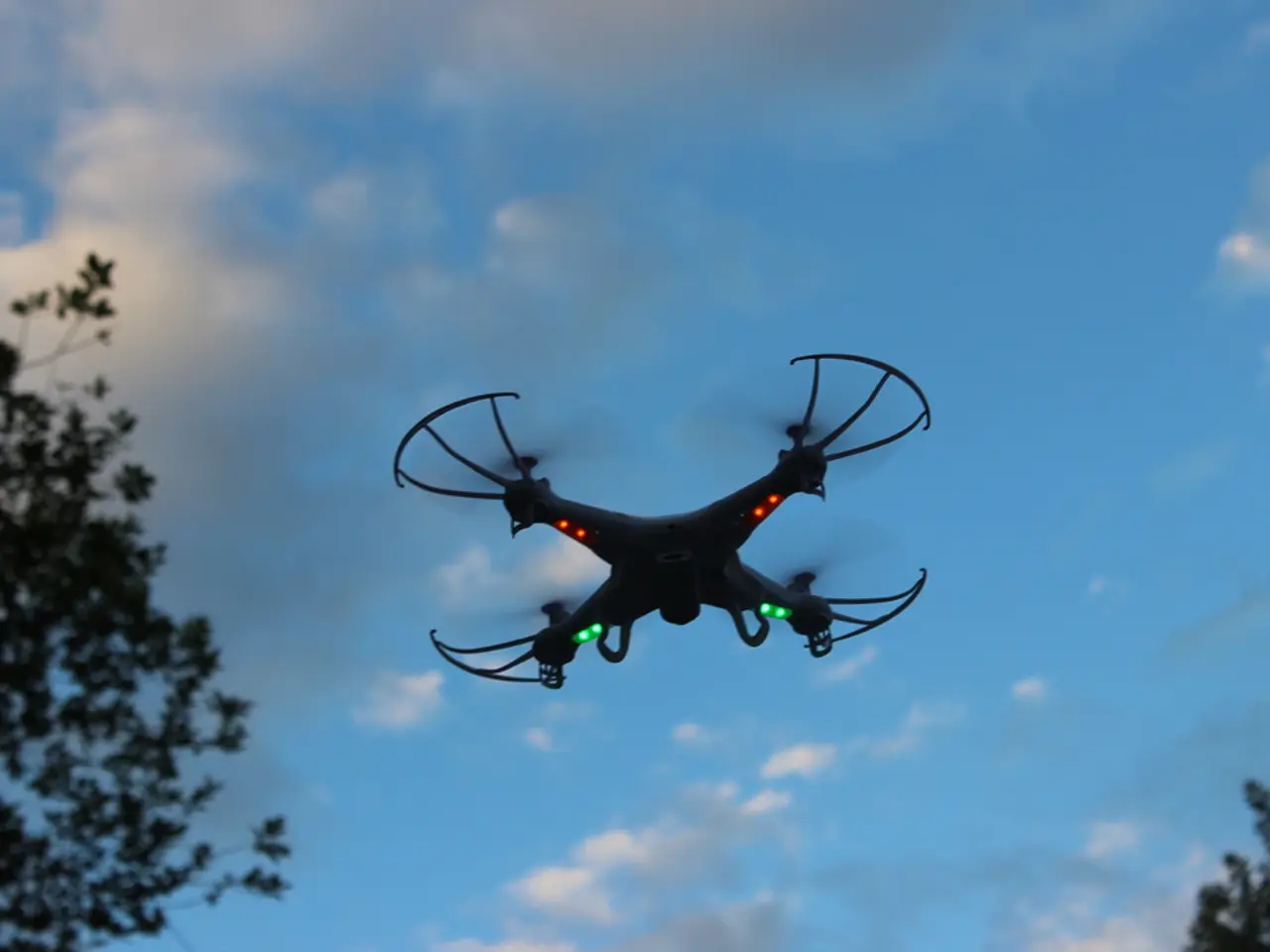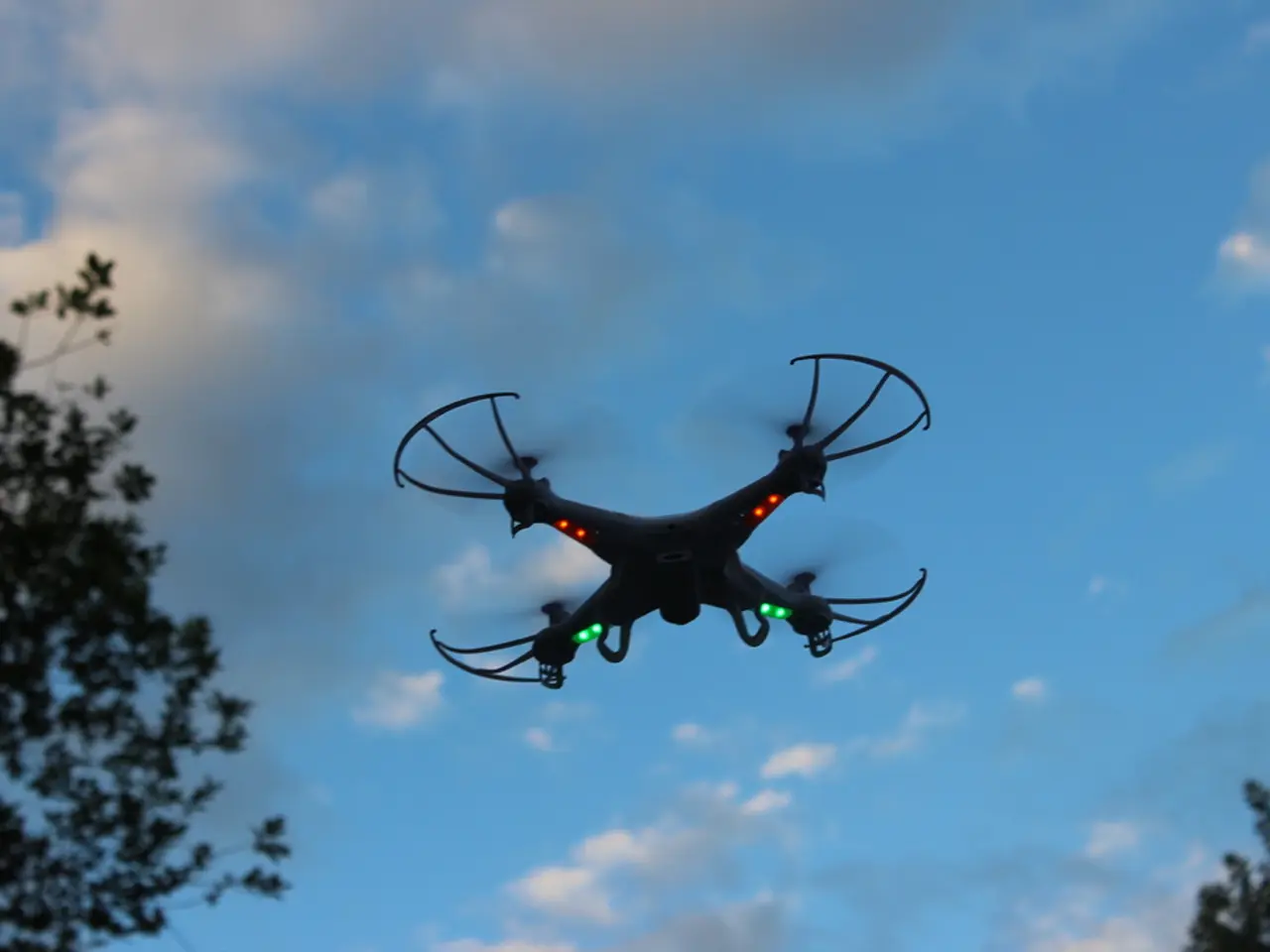Mastering 360-Degree Aerial Maneuvers with Ease
Mastering Turns Around a Point: Enhancing Aviation Skills
Turns around a point are a fundamental maneuver in aviation, designed to help pilots demonstrate precise control of the aircraft while maintaining a consistent radius around a fixed ground reference point. This skill is invaluable for developing coordination during turning flight, managing wind correction angles, and maintaining consistent altitude and airspeed during a continuous circular flight path.
To execute a successful turn around a point, pilots should:
- Select a prominent, easily identifiable ground reference, such as two roads meeting at a 90-degree angle.
- Position the aircraft on a downwind position relative to the ground reference before entering the turn.
- Maintain a constant radius by adjusting the bank angle and applying wind correction throughout the turn to compensate for drift caused by the wind.
- Keep a constant altitude by managing pitch and power settings, requiring only a slight increase in power during the turn.
- Perform a continuous 360-degree turn around the point, varying bank angles as needed to maintain the ground track circle.
- Use visual references on the ground to judge position relative to the point and make smooth control inputs.
Turns around a point are similar in concept to a steep spiral but usually involve a constant altitude and radius rather than descending rapidly. This maneuver helps pilots develop better situational awareness of wind effects, aircraft control during turns, and precise handling skills applicable in various phases of flight such as traffic patterns and circling approaches.
It's essential to ensure the aircraft is stable and correctly trimmed before entering the maneuver. The distance from the ground reference affects the radius of the turn, with a greater distance resulting in a larger radius and a shallower maximum angle of bank. Introducing wind into the maneuver requires adjusting the bank angle to maintain a constant radius turn.
As you turn, gradually reduce the bank angle as you turn into the wind and increase it as you turn out of the wind, returning to the initial maximum bank angle. The greatest bank angle will be required at the downwind and parallel position to the ground reference, while the bank angle should be at its shallowest when facing into the wind. Adjust the bank angle during the turn, especially in high wind conditions.
The maneuver consists of two 360-degree constant radius turns around a ground reference and is intended to teach pilots how to compensate for wind when flying with reference to the ground. By mastering turns around a point, pilots can enhance their overall flying skills and improve their ability to navigate in various flight scenarios.
A commercial pilot, in addition to mastering turns around a point, must also learn to manage aircraft control during turns and maintain consistent altitude and airspeed in the aviation industry, where finance and transportation sectors heavily rely on efficient pilots. A private pilot, too, finds this maneuver invaluable in developing better situational awareness of wind effects and precise handling skills applicable in various phases of flight, such as traffic patterns and circling approaches. To excel in the aviation industry, one must ensure the aircraft is stable, correctly trimmed, and carefully adjust the bank angle during turns to compensate for wind drift, ultimately enhancing their overall flying skills.







